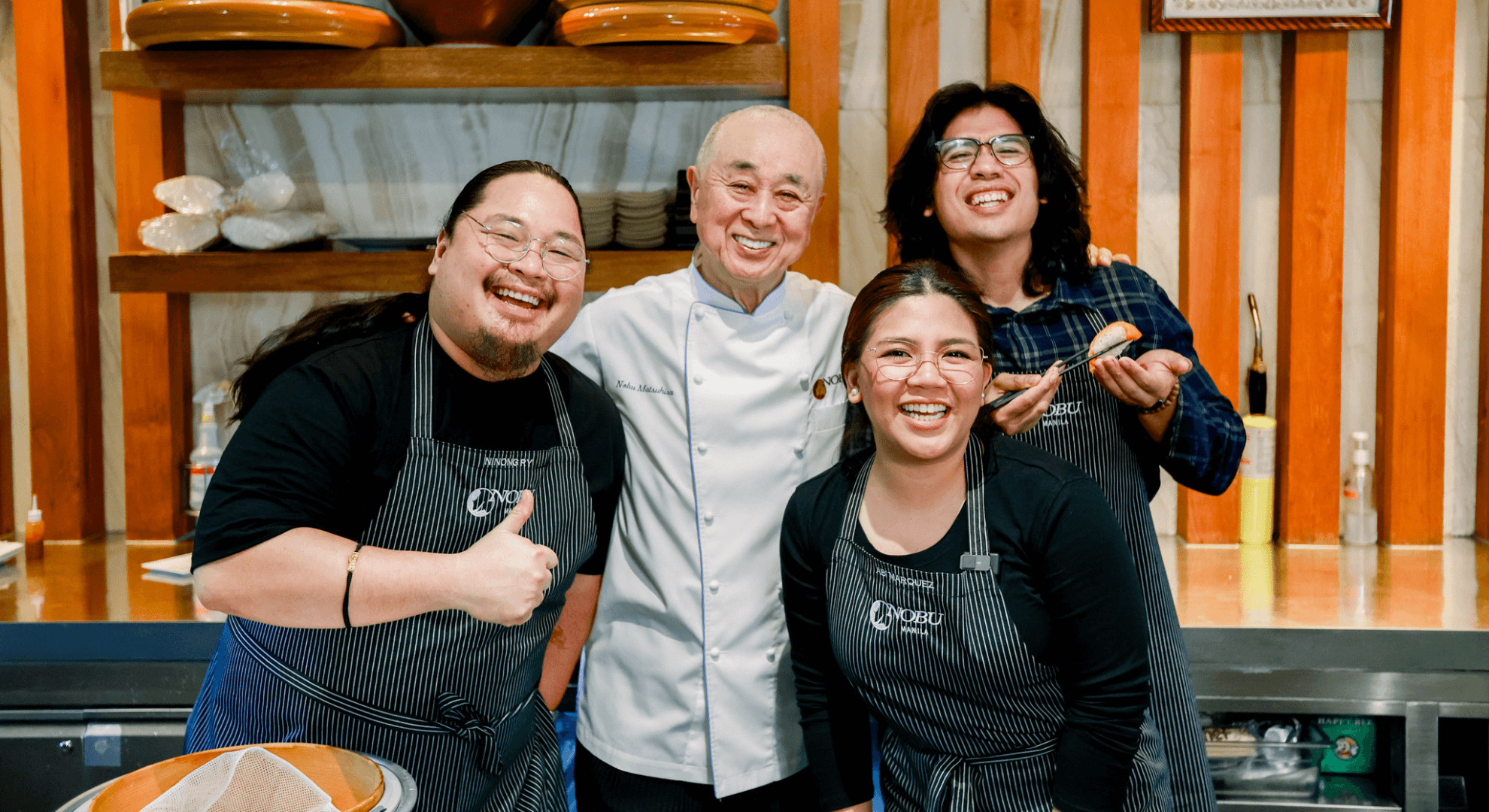There was a time when plucky, entrepreneurial people with a flair for cooking and a love for entertaining could round up a few of their friends to put down a million pesos or two each and go into the restaurant business.
I did something like that once, although I didn’t take on any partners—I opted to have a small restaurant, rather than a big one that I’d have to share. (I’m an only child.)
In theory, you can still do that today, but I wouldn’t advise it. The players in the field today are those who went down this route in the decades prior and opened branch after branch, like Pancake House, which is now owned by the Max’s Group of restaurants, which itself started with good fried chicken but is now a huge, billion-peso operation.
Cibo started around the same time I put up my restaurant in the 1990s, but it has gone from strength to strength. Margarita Fores is a brand in herself, as Asia’s Best Female Chef 2016, and a number of restaurants as well as the slickest catering operation in town, among her many endeavors.
But in 2017 the barrier to enter the playing field has become impossibly high, not just because of rising costs and competition, but due to increasing sophistication among diners. You can’t just cook well and have a clean, well-lighted space. You need either extraordinary talent or the backing of some seriously well-heeled investors, and the one usually attracts the other.
Year 2017 was probably the last hurrah for the independent restaurant—not that there won’t be plucky little places that become neighborhood favorites, but little startups that make impossibly large ripples in the food world.
I haven’t been able to explore the restaurant world as much as I would have wanted to in the last quarter of the year, and have missed a couple of important openings. So I can’t really do a roundup of the year’s new restaurants without being unfair to those that opened in the last few months.
Instead, I’ll paint a few broad brushstrokes of the food scene as it stands at the end of 2017.
The Moment Group
The end of the independent restaurant is as much a consequence of economic conditions as it is a sign of a mature and saturated market.
But it is, nonetheless, a sad thing to come to an end; 2017 was also the year in which The Moment Group went from a growing restaurant group to a full-fledged force to be reckoned with. It has a killer combination of loads of capital, a finger on the pulse of the zeitgeist, a sophisticated design team, and a dynamic marketing team.
As with any startup that becomes a well-entrenched player, people are rooting for The Moment Group, but also anxiously hoping that it doesn’t become evil.
As a corporation, it is its nature to need to turn in a profit and expand, but I hope it does so in a way that gives young, promising chefs their due, that encourages diversity and promotes local produce, that builds a workforce that can be passionate about food and make a proper living off it.
Chinese food
Chinese food grew strongly on both ends: the high-end and the newcomers, while the middle sagged. The standard for a topnotch Chinese meal used to be Gloria Maris, but that’s now considered middle of the market.
You can spend over P5,000 per head at Canton Road or Crystal Dragon or China Blue at the Conrad. It’s no longer the case that, if someone took you out to a Chinese restaurant, you automatically assume that your host was trying to save money. At the same time, the new migrants have made Binondo interesting again, although much of the action tends to be in Makati, especially just outside the central business district where many of them live.
Many of them are businesses run out of the home to cater to the community, but some have begun to set up shop.
A lot of the action takes place on WeChat or over the phone, and it helps if you can speak, or at least type, in Chinese. But even if you don’t, they can speak a few words of Tagalog (or pass the phone to someone who can).
I’ve had some excellent hand-pulled noodles and dumplings delivered to me, and this is just the few I’ve stumbled upon. It’s a world I want to delve into, but I need to brush up on my Chinese.
Franchises
The prevailing food trend in 2017 was essentially the same as that at the end of last year: franchises, and yet more franchises. People go to Japan and have a good meal somewhere, and the next thing you know there’s a branch in the nearest mall.
This is not necessarily a bad thing—although, when I finally got myself to Japan a few weeks ago, I was astonished to see many familiar brands from the local dining scene. This is the opposite of the old days when you’d encounter something abroad and then be delighted that you didn’t have to go to, say, Paris for macaroons, or Shanghai or Taiwan for xiao long bao. In terms of soft power, Japan is winning the day—at least in the food world.
And what of the Great Filipino Restaurant, the way that people in the literary world still look for the great Filipino novel? It’s a search that continues to drive the food world, that transcends industry caprices and the drives of profit.
We have a few contenders, and some say that it’s already here.
If anything can make 2018 an exciting year for food that isn’t just more foreign food franchises opening, and more of the big conglomerates solidifying their positions, it’ll be the race to land in the exalted position of being at the forefront of Filipino cooking and eating. –CONTRIBUTED










































